Buy the photo The Adriaan in orange for Orange The World by Jeroen de Jongh Photography on canvas, ArtFrame, poster and wallpaper, printed on demand in high quality.
About "The Adriaan in orange for Orange The World"
by Jeroen de Jongh Photography
About the artwork
In 1778, Amsterdam entrepreneur Adriaan de Boois bought an old defence tower. He received permission from the city of Haarlem to build a windmill. Adriaan builds his windmill on top of the old Goê Vrouw tower. As a result, the sails rise high above the Spaarne and catch a lot of wind. On 19 May 1779, De Adriaan tower mill was put into use. Adriaan de Boois ground tuff into trass there for many years. Trass was added to masonry mortar to make walls watertight.
In 1802, De Adriaan was sold to a tobacco merchant. The mill got new machinery and tobacco rolls were processed into snuff for years. In 1865, the mill changed ownership and function again. The Adriaan is converted into a corn mill. In 1932, the last owner stopped doing so; a corn mill was no longer a dry living. On 23 April 1932, De Adriaan caught fire. Despite resolute action by the Haarlem fire brigade, little more remains of De Adriaan than a smouldering heap of stones and beams. Just one day after the fire, people from Haarlem organise a first fundraising campaign for a new Adriaan. But much more is needed.
On 23 April 2002, seventy years after the fire, Haarlem will have its Adriaan back. As a meeting and wedding venue, but above all as a museum windmill. A reception area with souvenir shop, two floors of fine mill models, and above it a working mill.
Orange The World is the global campaign against violence against women and girls. The campaign takes place every year from 25 November, the International Day Against Violence Against Women, to 10 December, International Human Rights Day. The days in between are the 16 Days of Action. Meanwhile, in more than 100 countries, buildings or other objects are highlighted orange during this period, and debates, exhibitions, demonstrations and all kinds of other activities are organised.

About Jeroen de Jongh Photography
I'm Jeroen, and I'll spare you the long introduction. ;) If you're looking for a landscape photo for your wall, you've come to the right place... Read more…
 Netherlands
Netherlands Ordered in July 2023
Ordered in July 2023
 Netherlands
Netherlands Ordered in January 2025
Ordered in January 2025
 Netherlands
Netherlands Ordered in February 2020
Ordered in February 2020
 Netherlands
Netherlands Ordered in October 2023
Ordered in October 2023
 Netherlands
Netherlands Ordered in March 2023
Ordered in March 2023
 Germany
Germany Ordered in February 2023
Ordered in February 2023
 Germany
Germany Ordered in November 2021
Ordered in November 2021
 Germany
Germany Ordered in February 2023
Ordered in February 2023
 Germany
Germany Ordered in December 2024
Ordered in December 2024
 Germany
Germany Ordered in July 2021
Ordered in July 2021
 Germany
Germany Ordered in February 2022
Ordered in February 2022
 Netherlands
Netherlands Ordered in December 2021
Ordered in December 2021
About the material
ArtFrame™
Interchangeable Art Prints
- High-quality print
- Easily interchangeable
- Acoustic function
- Large sizes available
Discover the artworks of Jeroen de Jongh Photography
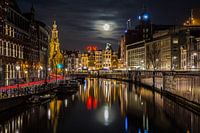 Full moon at the flower marketJeroen de Jongh Photography
Full moon at the flower marketJeroen de Jongh Photography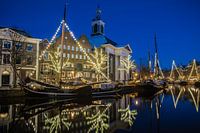 Lange HavenJeroen de Jongh Photography
Lange HavenJeroen de Jongh Photography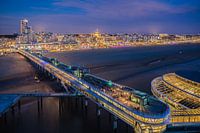 Scheveningen PierJeroen de Jongh Photography
Scheveningen PierJeroen de Jongh Photography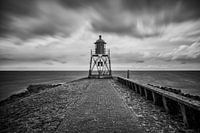 Lighthouse StavorenJeroen de Jongh Photography
Lighthouse StavorenJeroen de Jongh Photography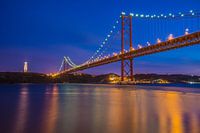 April 25th BridgeJeroen de Jongh Photography
April 25th BridgeJeroen de Jongh Photography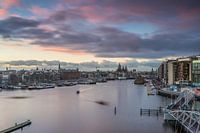 OosterdokJeroen de Jongh Photography
OosterdokJeroen de Jongh Photography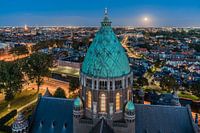 Climb to the lightJeroen de Jongh Photography
Climb to the lightJeroen de Jongh Photography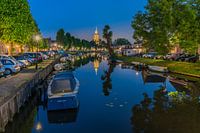 MonnickendamJeroen de Jongh Photography
MonnickendamJeroen de Jongh Photography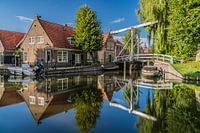 Zonnepad MonnickendamJeroen de Jongh Photography
Zonnepad MonnickendamJeroen de Jongh Photography Mill de Vlinder on a misty morning in the BetuweJeroen de Jongh Photography
Mill de Vlinder on a misty morning in the BetuweJeroen de Jongh Photography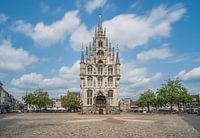 Town Hall of Gouda at the MarketJeroen de Jongh Photography
Town Hall of Gouda at the MarketJeroen de Jongh Photography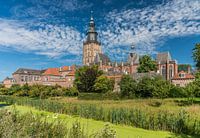 Swans at the skyline of ZutphenJeroen de Jongh Photography
Swans at the skyline of ZutphenJeroen de Jongh Photography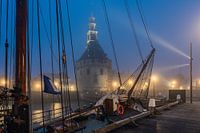 Hoorn's Hoofdtoren in the mistJeroen de Jongh Photography
Hoorn's Hoofdtoren in the mistJeroen de Jongh Photography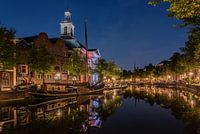 Peace and quiet at Schiedam's Lange HavenJeroen de Jongh Photography
Peace and quiet at Schiedam's Lange HavenJeroen de Jongh Photography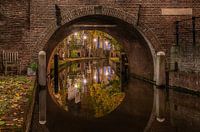 Autumnal vista at Utrecht's Paulus BridgeJeroen de Jongh Photography
Autumnal vista at Utrecht's Paulus BridgeJeroen de Jongh Photography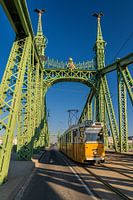 Tram 47 passes over the Freedom Bridge in BudapestJeroen de Jongh Photography
Tram 47 passes over the Freedom Bridge in BudapestJeroen de Jongh Photography Rapeseed at sunrise in Werk aan de GroenewegJeroen de Jongh Photography
Rapeseed at sunrise in Werk aan de GroenewegJeroen de Jongh Photography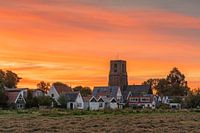 Sunset at the Tower of Ransdorp in AmsterdamJeroen de Jongh Photography
Sunset at the Tower of Ransdorp in AmsterdamJeroen de Jongh Photography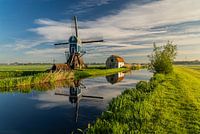 Morning light at the Blauwe Wip windmillJeroen de Jongh Photography
Morning light at the Blauwe Wip windmillJeroen de Jongh Photography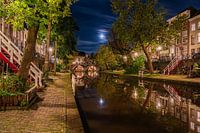 Full moon over Utrecht's Oudegracht canalJeroen de Jongh Photography
Full moon over Utrecht's Oudegracht canalJeroen de Jongh Photography
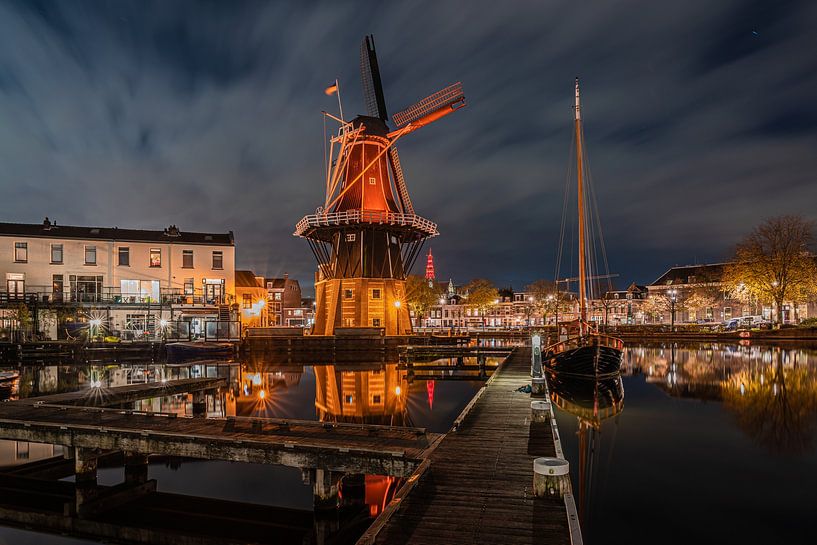












 Europe
Europe Haarlem
Haarlem North Holland
North Holland Nostalgic Memories
Nostalgic Memories Photo wallpaper
Photo wallpaper Photography
Photography Romantic Moments
Romantic Moments Saving
Saving Serene Peace
Serene Peace The Netherlands
The Netherlands









